Exploring the Alternating Series Test: Convergence and Divergence
The Alternating Series Test is used to determine the convergence of series with alternating positive and negative terms. For a series to pass this test, two conditions must be met: the terms of the series must decrease in absolute value, and the terms must approach zero as the series progresses. If these conditions are satisfied, the series converges. However, if the terms do not decrease or approach zero, the test cannot be applied. The Alternating Series Test is commonly used with series that alternate in sign, like the alternating harmonic series.

The Alternating Series Test is a method used to determine the convergence of a series with alternating positive and negative terms. The general form of an alternating series is: \(\sum_{n=1}^{\infty} (-1)^n a_n\) Check out online math resources for more practice.
where \(a_n\) is a sequence of positive terms.
The test has two key conditions for convergence:
- Decreasing terms: The sequence \(a_n\) must be decreasing, meaning each term is smaller than the previous one for all sufficiently large \(n\). In other words, \(\leq a_n\).
- Limit approaching zero: The limit of \(a_n\) as \(n\) approaches infinity must be zero, i.e., \(\lim_{n \to \infty} a_n = 0\).
If both conditions are met, the alternating series converges. However, if \(a_n\) does not approach zero, the series diverges regardless of whether the terms decrease. This test is especially useful for series like the alternating harmonic series, where the terms decrease and approach zero.
Here are two examples demonstrating the Alternating Series Test:
1. Converging Example:
Series: \(\sum_{n=1}^{\infty} \frac{(-1)^n}{\sqrt{n + 1}}\)
Solution:
- Decreasing terms: \(\frac{1}{\sqrt{n+1}}\) is decreasing because each term is smaller than the previous one as \(n\) increases.
- Limit approaching zero: \(\lim_{n \to \infty} \frac{1}{\sqrt{n+1}} = 0\)
Since both conditions are satisfied, the series converges by the Alternating Series Test.
2. Diverging Example:
Series: \(\sum_{n=1}^{\infty} \frac{(-1)^n}{\ln(n)}\)
Solution:
- Decreasing terms: \(\frac{1}{\ln(n)}\) is decreasing for \(n≥2\), as \(\ln(n)\) increases with \(n\).
- Limit not approaching zero: \(\lim_{n \to \infty} \frac{1}{\ln(n)} = 0\), but the terms decay too slowly for the series to converge.
Since the terms decrease, but not quickly enough, the series diverges.
Frequently Asked Questions
How do I help my child prepare for the math test?
To help your child prepare for their math test, especially if the content includes complex topics like the Alternating Series Test, using clear and structured resources can make a significant difference. Begin by reviewing key concepts at a comfortable pace, ensuring your child understands each step before moving on. You can supplement their learning with additional practice from diverse sources such as the Worksheets available on EffortlessMath.com, which provide targeted exercises. Additionally, explore engaging and age-appropriate books listed in Top 10 Grade 3 Math Books Inspiring Young Mathematicians To Explore to inspire a deeper interest and understanding of math in your child.
What math skills should my 3rd grader know?
By third grade, students should be comfortable with basic arithmetic—addition, subtraction, multiplication, and division. They should also understand the concepts of fractions, telling time, and basic geometry like shapes and their properties. To further enhance their understanding and make math more engaging, explore resources such as the Top 10 Grade 3 Math Books Inspiring Young Mathematicians To Explore. Additionally, regular practice using Worksheets can help reinforce these skills, ensuring they are well-prepared for more advanced topics like the Alternating Series Test in future mathematical learning.
What is the difference between mean, median, and mode?
The terms mean, median, and mode refer to different types of averages used in statistics, which are essential concepts in understanding data, much like determining series convergence in mathematics. The mean is the arithmetic average of a set of numbers, calculated by adding all the numbers and then dividing by the count of those numbers. The median is the middle value in a list of numbers sorted in ascending or descending order; if the list has an even number of entries, the median is the average of the two middle numbers. The mode refers to the number that appears most frequently in a set. Each of these measures gives different insights into the nature of a numerical set, useful for various analytical purposes in fields like statistics and probability.
Related to This Article
More math articles
- 7th Grade NDSA Math Worksheets: FREE & Printable
- The Ultimate 7th Grade MAP Math Course (+FREE Worksheets)
- FREE CHSPE Math Practice Test
- Best tools for Online teachers
- Top 10 8th Grade MAP Math Practice Questions
- Solve Equations
- 5th Grade MEAP Math Practice Test Questions
- Let’s Make Math Education Relevant for Real Life
- How to Measure Angles with a Protractor
- How to Solve a Quadratic Equation by Completing the Square?









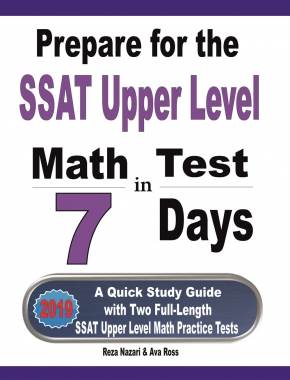

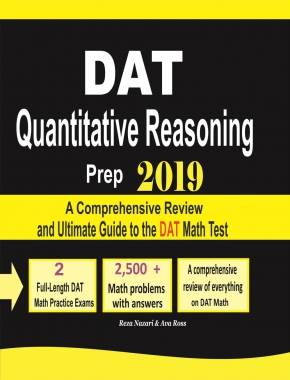
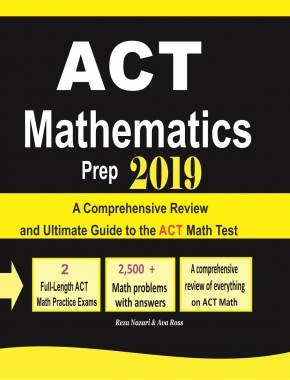
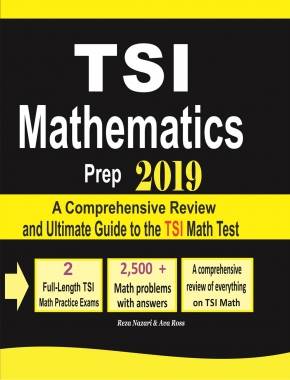
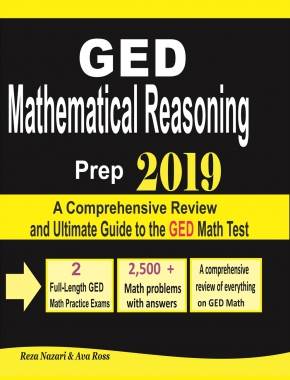
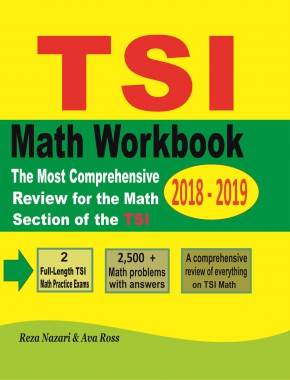











What people say about "Exploring the Alternating Series Test: Convergence and Divergence - Effortless Math: We Help Students Learn to LOVE Mathematics"?
No one replied yet.